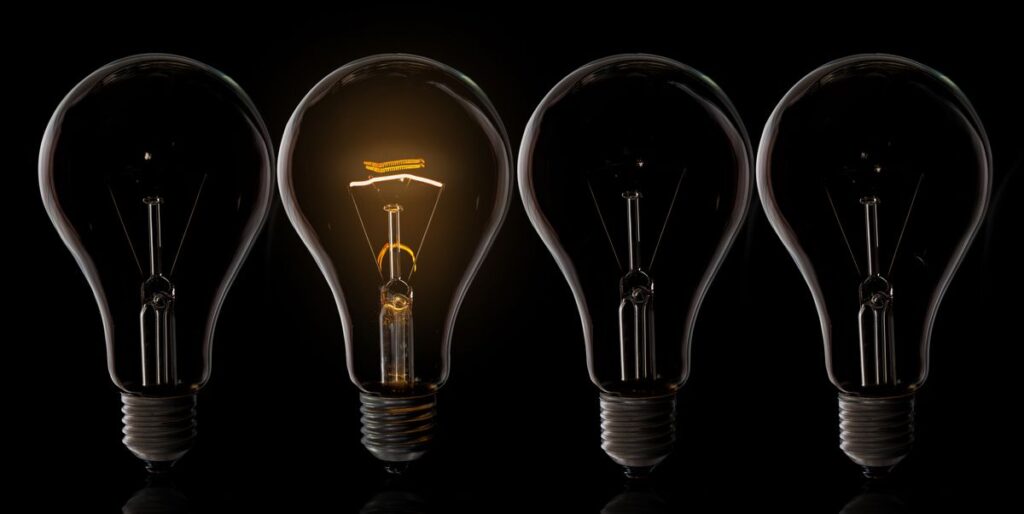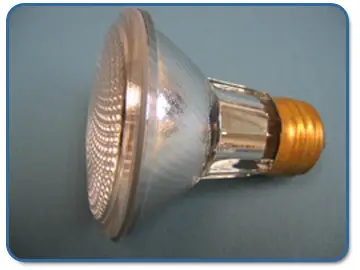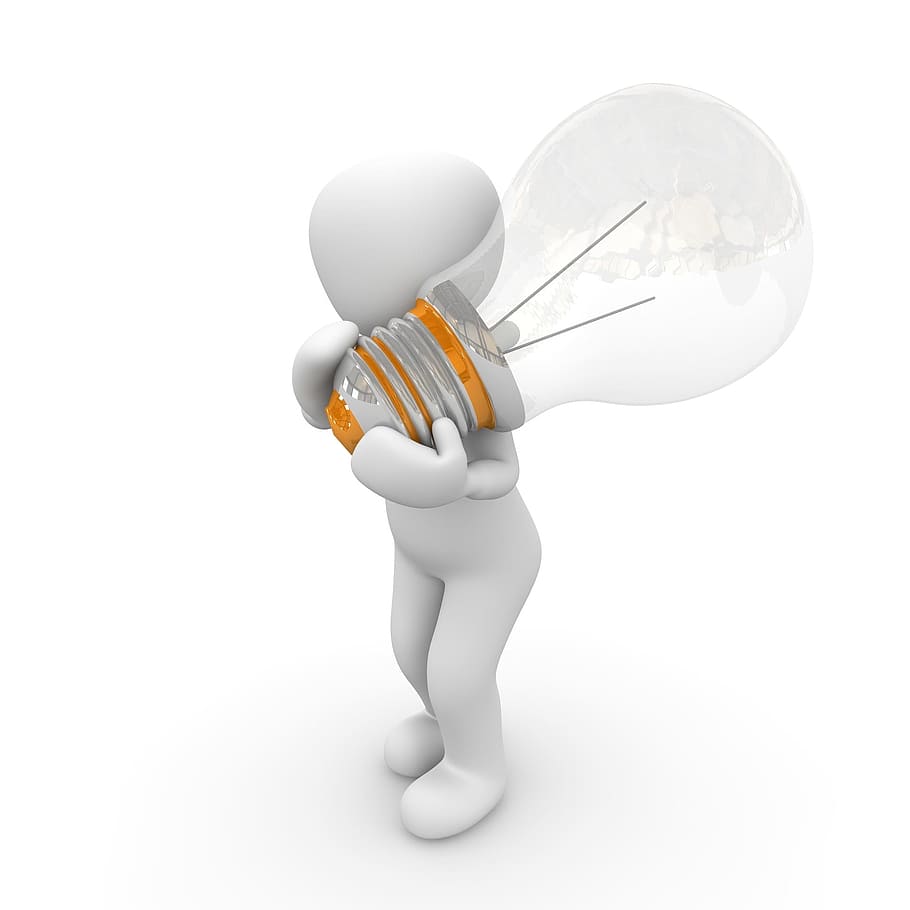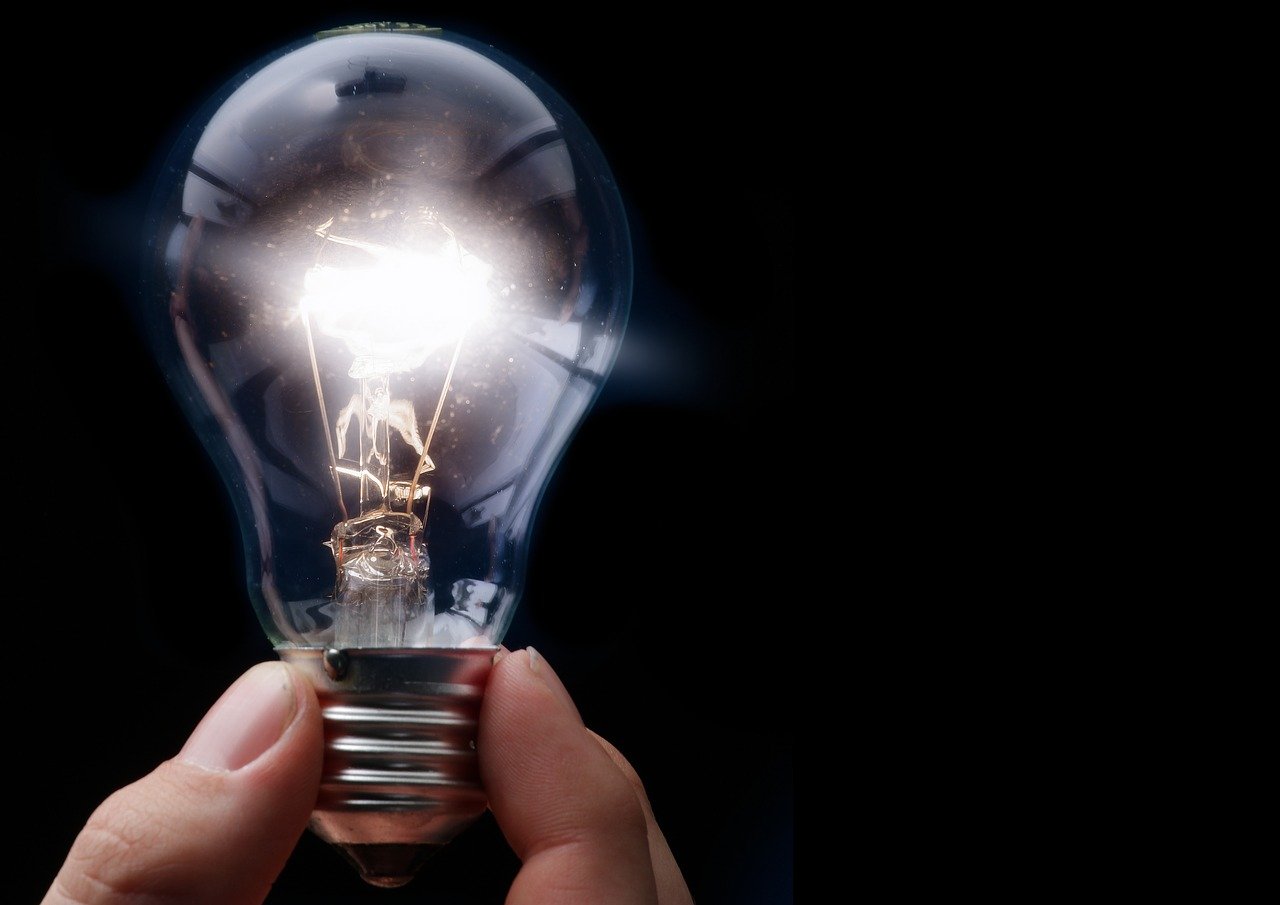You may want to know about the advantages and disadvantages of Incandescent lamps. Don’t you want to?
If so you are at the right spot because in this article I am going to discuss Incandescent lamps with their types, advantages, and disadvantages.
And at the end, we will do a compression between LED light and Incandescent bulb light.
So, keep reading till the end but first, start with what is an incandescent bulb.
Contents
What is an Incandescent Bulb?

The electric bulbs that use electric current to get heated and produce visible light are known as Incandescent bulbs. These bulbs are made of wire filament and filled with inert gas because they are made of glass as well.
In simple words, you can say they have used electric current to generate light energy.
No doubt, now LED light bulbs are to take over them. Incandescent bulbs are still known as a traditional source of light. Especially these bulbs are especially widely used in lamps.
So, their trend is still alive in lamps and they provide a traditional and unique look to their lovers.
Why it is called Incandescent?
It is called an Incandescent light bulb because it follows the principle of obtaining light from heat.
Advantages and Disadvantages of Incandescent Lamps
Advantages of Incandescent lamp
Low cost: Incandescent bulbs are among the least expensive types of lighting available. They can be bought at most hardware and home improvement stores, as well as online, and usually cost much less than their LED and fluorescent counterparts.
Wide variety of bulbs: Incandescent bulbs come in a wide range of shapes, sizes, and wattages. This makes it easy to find one that fits your space and lighting needs perfectly.
Easy to install: Incandescent lamps are very easy to install and replace should the need arise. This makes them ideal for do-it-yourselfers who want to save money on installation costs.
Warm, inviting light: Incandescent lamps provide a warm, welcoming light that is perfect for cozy spaces like bedrooms and living rooms.
Longer lifespan than many alternatives: Although they aren’t as energy efficient as LED or fluorescent bulbs, incandescent lamps are still capable of lasting for up to 1,000 hours before needing to be replaced.
Low heat output: Incandescent bulbs emit relatively low amounts of heat, making them safe and comfortable for use in close-quartered spaces.
Easy dimming capability: Most incandescent bulbs can easily be dimmed, allowing you to customize the amount of light in a given space.
High lumens per watt output: Incandescent bulbs are very efficient at producing large amounts of light compared to other types of bulbs.
Environmentally friendly disposal: Incandescent lamps can be disposed of without risk of harming the environment, as they contain no hazardous materials.
Economical: Incandescent bulbs are one of the most cost-effective types of lighting available, as they require little electricity to function and can be purchased at a low cost.
Disadvantages of Incandescent lamps
Low energy efficiency: Incandescent lamps are not very energy efficient and can waste a lot of electricity when running at full brightness.
Short lifespan: Incandescent bulbs need to be replaced frequently due to their relatively short lifespan of around 1,000 hours.
High heat output: Although not as high as some other types of bulbs, incandescent lamps still emit a considerable amount of heat which can be uncomfortable in some spaces and be potentially dangerous.
Poor color rendering: Incandescent bulbs provide a warm light that is not ideal for tasks that require accurate color rendering such as art or graphic design work.
Difficult to recycle: As incandescent bulbs contain glass and metal components, they are not easily recycled and may require special disposal.
May not work with electronic dimmers: Dimmer switches are incompatible with some incandescent lamps, so it’s important to check that the bulb is suitable before purchasing.
Sensitive to voltage fluctuations: Incandescent bulbs are sensitive to voltage fluctuations and can burn out if the power supply is not stable.
Not suitable for outdoor use: Incandescent lamps are not recommended for outdoor use due to their low energy efficiency, which can make them inefficient in cold weather conditions.
Dim results: The dimming capabilities of incandescent bulbs vary depending on the type of bulb, as some are not capable of producing very dim light.
Prone to breaking: Incandescent bulbs are prone to breaking due to their fragile nature and should be handled with care when replacing them.
Types of Incandescent bulb Lights
Standard Incandescent bulb Lights
The typical standard Incandescent light bulbs were invented by Thoma Alva Edison. It is known as a sealed glass bulb that has a filament inside.
When you switch on the lamp, the electricity passes through the bulb’s filament and it gets heated and as a result, the filament emits radiation.
So, at high temperatures, the thermal traditions produce a visible amount of light from the filament. It is made of glass so it can spread the light easily.
Tungsten Halogen Bulbs

The Incandescent lamps with halogen gases that are sealed inside the bulb and the inner coating help to reflect heat back to the filament- known as Tungsten Halogen Bulbs.
It can provide the same light output with less power as a standard incandescent bulb. Halogen gas filling increases the durability of the bulb and makes it more long-lasting than a standard incandescent bulb.
So, you don’t need to replace them soon. That directly reduces your maintenance cost as well.
Reflector Lamps
Reflector lamps can spread light in different directions because of their specific design. The silver coating on its sides plays a mirror role. So it can reflect all the light waves that are coming back or on other sides to the front.
Spotlighting and floodlighting both are examples of reflector lamps. These lamps are used for large areas of a home. Because they provide high-power light and cover a large area.
Tubular Halogen Bulbs
Tubular tungsten halogen bulbs are most commonly used and popular in floor lamps that can provide general lighting to a large area. They need a high temperature to operate so they can provide better energy efficiency than any other standard Incandescent-type bulb.
How Incandescent Lamps Construct
As I told you above the Incandescent bulb was first made by Thomas Elva Edison in 1879. With a simple structure, it has a metal contact base that is connected to the end of a circuit.
Further, these metal contacts through the wires that are attached to the filament.
This tungsten filament is sealed in a glass cover in the center that is the main cover of an Incandescent bulb as well.
The bulb is filled with inert gasses like argon nitrogen and argon. When you turn on the bulb, the current flows in the tungsten filament through wires, and as a result, the bulb provides a high-power light.
LED vs Incandescent light; Comparison

Whenever we do a comparison between LED and Incandescent bulbs, it really makes a difference. Let me show you how.
Advantages of LED Lighting
LED lighting is quickly becoming the preferred choice for many. It has a longer lifespan, uses less energy, and can provide more light than incandescent products. One of the greatest advantages of LED lighting is its lower electricity usage. Since LEDs use about 80% less energy than traditional light bulbs, you’ll be able to save money on your electricity bill.
LEDs are also much brighter and can provide a better quality of light than incandescent bulbs. They come in a variety of colors, so you can find the perfect lighting for any room. Additionally, LEDs have an incredibly long lifespan up to 50 times longer than traditional light bulbs.
Most importantly LED lights use 75% less amount of energy than an incandescent bulb. So, LED bulbs are more efficient than Incandescent bulbs in both power and durability.
LED bulbs have electrons that lead to creating photons in the form of light we see. These photons provide the same light and brightness as an Incandescent bulb but take less amount of energy.
So, you can say that LED bulbs save electricity as well.
Which Type of Lighting is Right For You?
When it comes to choosing between LED and incandescent lamps, there are a few factors to consider. The cost of installation is one of the most important considerations, as LEDs can be more expensive to install initially.
The energy savings you’ll receive by using LED lamps should also be taken into account. While these fixtures may require a larger upfront investment, they will eventually save you money in the long run due to their reduced energy consumption.
It’s also important to consider the type of lighting you desire for the space. LEDs can provide a cold light source, while traditional bulbs offer a warmer glow. Depending on the area in which the lamps will be installed, one may be more suitable than the other.
Related Topic:
Wrap up
You can see the clear difference between an Incandescent bulb and other types of light bulbs. No doubt the trend of Incandescent bulbs is over. But still, there are people who love traditional things especially when it comes to lighting up their rooms.
Are you from these people? If so do provide your answer in the comment section.
Furthermore, in-room lamps, there is still a trend of using Incandescent bulbs. Because they provide a controlled power light.
So, keep in mind the advantages and disadvantages of Incandescent lamps while choosing.
FAQs
Are Incandescent Lamps Safe?
They are safe but not more than an LED bulb lamp because they emit polluting radiation in a lesser amount. Further, they produce a little bit of heat as well. So in winter, they are more suitable but in summer they may create some hassle in the form of overheating (usually one or two degrees).
Are Incandescent lamps brighter than LED?
Both have almost the same brightness level and provide the same amount of light. But LED light lamps are more energy-efficient and long-lasting than Incandescent bulb lamps.
Related Topic: How to Replace a 3-way Lamp Switch


Thank you for any other wonderful post. The place else may anybody get that type of information in such an ideal way of writing? I’ve a presentation next week, and I am at the look for such info.
Thank you for your kind words!
The fastest way to make your wallet thick is found. https://hierbalimon.es/promo